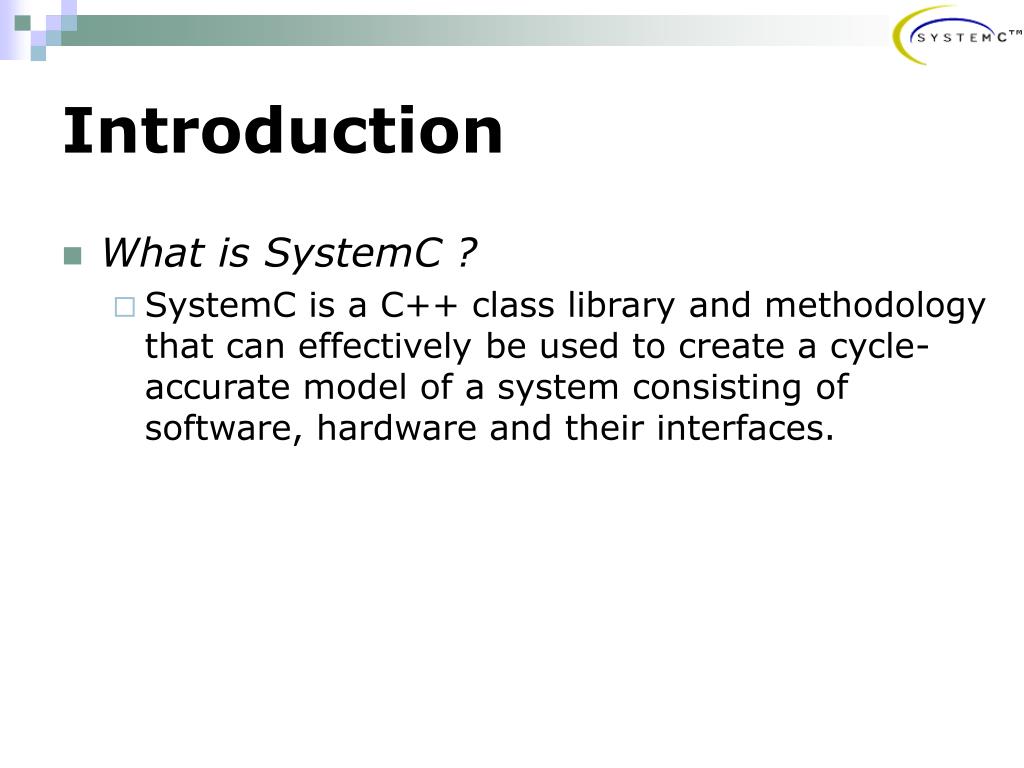

Once your project is created, you can view the files created in Solution Explorer. On the second page of the wizard, check the Add common headers for MFC box and set other values as needed, then press Finish.Modify the project name as needed, then press OK.Choose Win32 Console Application from the center pane.Under the Installed templates, choose Visual C++ > Win32.Click Next to start the MFC Application Wizard.įor more information, see Creating a Forms-Based MFC Application.Īn MFC console application is a command-line program that uses MFC libraries but runs in the console window.Choose MFC Application from the center pane.Under the Installed templates, choose Visual C++ > MFC.From the main menu, choose File > New > Project.To create an MFC forms or dialog-based application

Gtkwave tutorial windows#
To create an MFC console application (a command-line program that uses MFC libraries but runs in the console window), use the Windows Desktop Wizard and choose the Console Application and MFC Headers options. The easiest way to create an MFC application is to use the MFC Application Wizard ( MFC App project in Visual Studio 2019). The MFC Application Wizard generates the appropriate classes and files for any of these types of applications, depending on the options you select in the wizard. Using the Classes to Write Windows ApplicationsĬreating a File Explorer-Style MFC ApplicationĬreating a Web Browser-Style MFC Application MFC executables generally fall into five types: standard Windows applications, dialog boxes, forms-based applications, Explorer-style applications, and Web browser-style applications.

An MFC application is an executable application for Windows that is based on the Microsoft Foundation Class (MFC) Library.


 0 kommentar(er)
0 kommentar(er)
